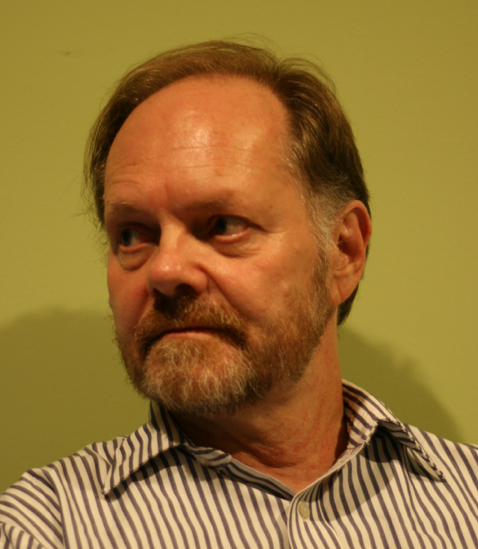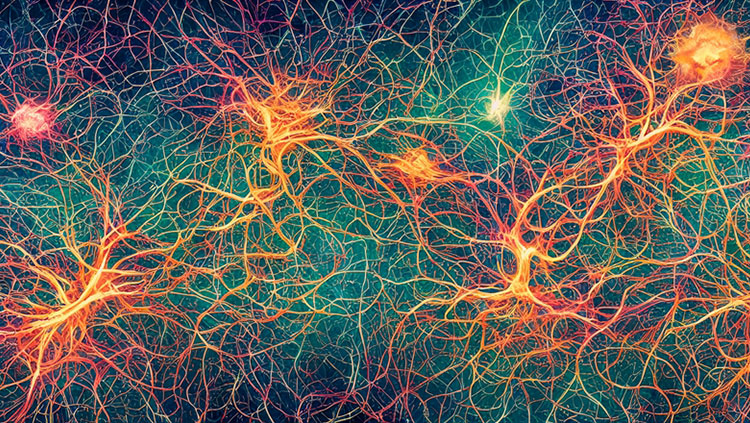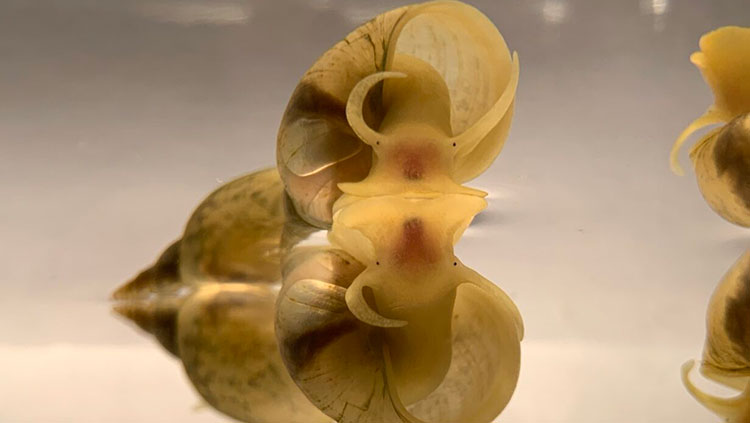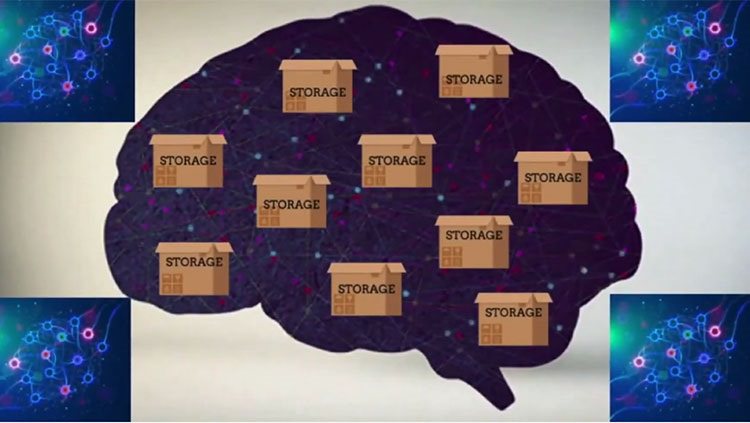Sunday's NY Times has a fascinating article byJeré Longman, In Golf, Moments Good and Bad are Well Remembered. The point of the article was that golfers, unlike other athletes, appear to have remarkable memories for athletic experiences. To quote from the article:
Like elephants, they seem to forget nothing. Their minds appear stocked like their bags — tee shots and 3-irons and wedges and putts stored from tournaments played weeks or years ago, able to be summoned for better or for worse.
The general observation is fascinating, and likely true. The article cites pro golfers Ernie Els, Luke Donald and Adam Scott who have precise memories for their golf autobiographies. Their memory abilities seem to be somewhat golf-specific. Els says a conversation with his wife sometimes "goes in one ear and out the other".
This makes sense to me. As a teen I played several sports (none well): football, basketball, baseball, tennis and golf. Of these five I played golf least frequently. I just did the self-experiment of trying to recall events in my teen years in each sport, giving one-minute per sport. The results:
- football: 5 events
- basketball: 4 events
- baseball: 4 events
- tennis: 2 events
- golf: 10 events
Of these sports the rank-order of amount played was probably: baseball > basketball > football > golf > tennis.
Moreover, the golf memories were all clear. Each golf memory involved a specific place, a clear picture, and usually a short sequence of events. Although most were exceptional experiences, not all were positive. For example, an especially clear one was when I almost hit my father with a shanked iron. This quick introspective experiment supports the basic idea of the Times article that golf memories are exceptionally numerous and vivid.
The Times article suggests that the basis for excellent golf-memory is that concentration and mental rehearsal are required for golf. To me this seems off the mark.
My guess: golf takes place on a golf course. Each course is spatially complex and interesting and has thousands of unique locations. Moreover, analysis of the layout of the course is important for play. For example, before formal play in the U.S. Open Adam Scott planned to play as many as seven practice rounds, saying he needed "to have the local knowledge of a member who has played there for 40 years."
This suggests that golfers are inadvertently using a well known memory technique, the method of loci or memory palace method. The method of loci, discovered by the ancient Greeks, is described in Joshua Foer's recent book Moonwalking with Einstein. Foer also has an excellent and entertaining TED talk where he describes the method of loci, and how it can be use to perform seemingly impossible feats of memorization. The basic steps for the method of loci:
- Create a complex spatial layout, like a palace with many rooms, or a golf course with many distinct locations
- For memorization, imagine walking through the complex space, laying an item-to-be-remembered at specific locations
- For retrieval, imagine rewalking the path. A to-be-remembered item or event will be visualized at each location.
Without intent, this is what golfers appear to do. Adam Scott, in the quote above, appears to create a "memory palace" for a novel golf course. During the golfing event, he lays down memories. When asked to retrieve, the memories are available by association with specific locations on the course.
My interest in the Method of Loci is due to the brain region I study, the hippocampus.
There are three remarkable hippocampal findings:
- People with hippocampal damage have amnesia, memory loss for events in their lives.
- In rats, the hippocampus represents "space", and appears to create maps of the environment (similar to a human map of a golf course?).
- The neurons of the hippocampus are easily modified by natural or artificial experience. The artificial experience model is "long-term potentiation" (LTP).
Although each of these findings is strong, understanding their relationships remains a mystery. The method of loci suggests that there is a fundamental relationship between place and memory. Perhaps, as Penfield, the famous neurosurgeon suggested, the hippocampus is serves as an look-up index for memory. Extending this idea, the spatial framework may be the core of the indexing system. The precise autobiographical memory of golfers, and the memory feats produced by the method of loci suggest a fundamental relationship between space and memory.
I'm curious about what others think. Is my analysis consistent with your experience? Are your memories strongest when associated with places? Is there a fundamental relationship between place and memory?
CONTENT PROVIDED BY
BrainFacts/SfN


















